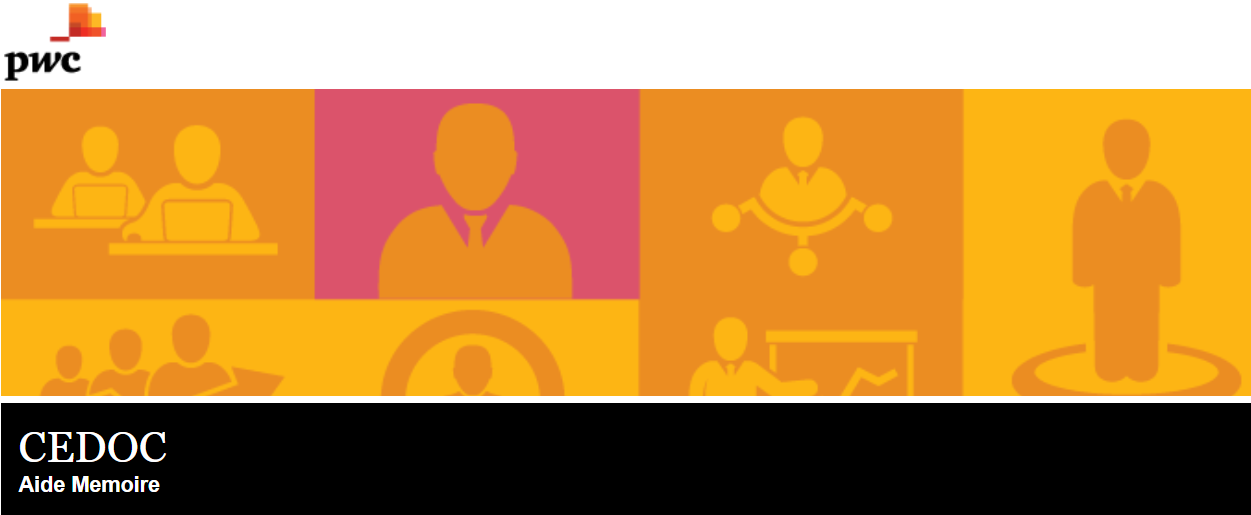Brazil Memo | 16 de dezembro
- Por: Juliane
- Acessos: 1457
CARLOS GERALDO LANGONI
MONETARY EASING
The Central Bank has maintained its expansionary bias, further trimming the base rate to 4.5%. It is the 4th consecutive cut, which began in August, when current inflation was at a comfortable level of 3.43%.
· Economic Scenario:
Inflation’s benign behavior has not changed: the November consumer price index (IPCA) was only 3.27%. Expectations have remained firmly anchored.
According to the Central Bank, inflation is estimated at below 4% for 2020/21, notwithstanding pressure on the exchange rate and the impact of food and fuel prices.
This benign price scenario is reinforced by the gradual resumption of growth, that will benefit, at an early stage, from the idle capacity that currently prevails in the economy.
Actually, the services sector advanced 0.8% in the margin in October, confirming economic take off is soon approaching. The sector - which represents 65% of GDP – has consolidated its position in positive territory for the second consecutive month.
It is implicit in the Central Bank’s report, that the balance of risk still points to the likelihood of a further cut in the base rate to a new level of 4.0%, possibly as early as February.
From this level, it would be reasonable to discontinue the monetary easing policy to ensure that the new stage of expansion occurs in a context of controlled inflation.
· Country Risk:
Historically low interest rates were one of the factors that led the Standard and Poor’s agency to upgrade Brazil’s rating outlook from stable to positive.
Fiscal consolidation, made possible by the approval of the pension reform, also carried weight in Standard and Poor’s favorable decision.
The continuity of the structural reforms agenda - particularly the tax agenda - was a key element in confirming the rating upgrade.
In terms of timing, the estimate is conservative - about 2 years. This schedule could, however, be anticipated if the economy picks up steam. This would beef up primary surpluses by fueling real revenue gains.
This is a crucial factor in speeding up the reversal of the trend to increase gross debt as a percentage of GDP, a key domestic solvency ratio.
With these advances, it would not be a surprise if Brazil had regained its investment grade status by the second half of next year.
Low real interest rates in the range of 2% and a favorable country risk perception will have a strong positive impact on the investment rate, enabling potential GDP to rise to around 3%.
In a nutshell, the fall in the base rate has consolidated the new macroeconomic mix - fiscal tightening and monetary easing.
The expansionary monetary cycle is nearing its end, with a high possibility that the base rate will hover at around 4%.
This historically low level, combined with progress in the reform agenda, increases the likelihood of an upgrade in Brazil’s rating, thus leveraging private investment.



